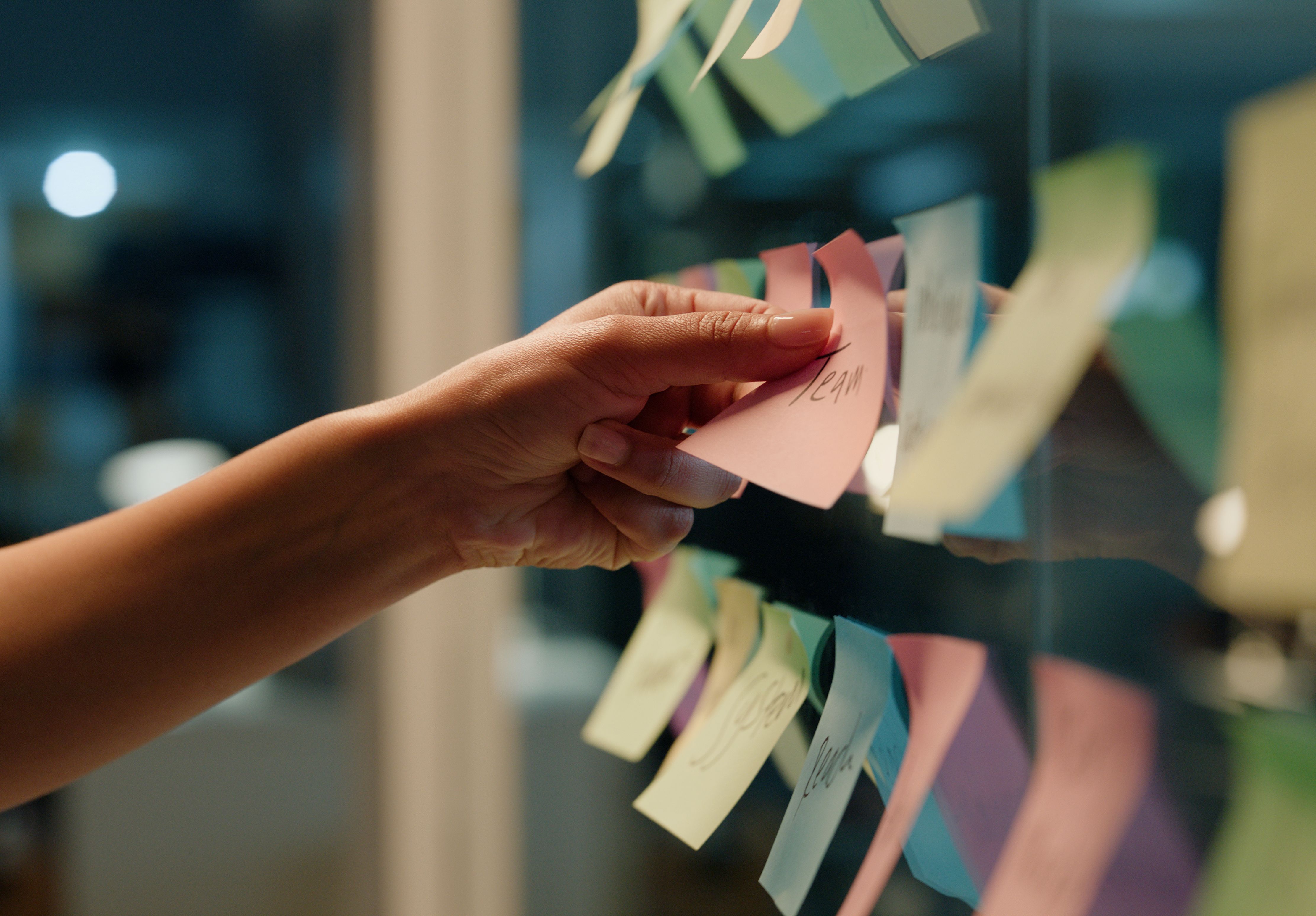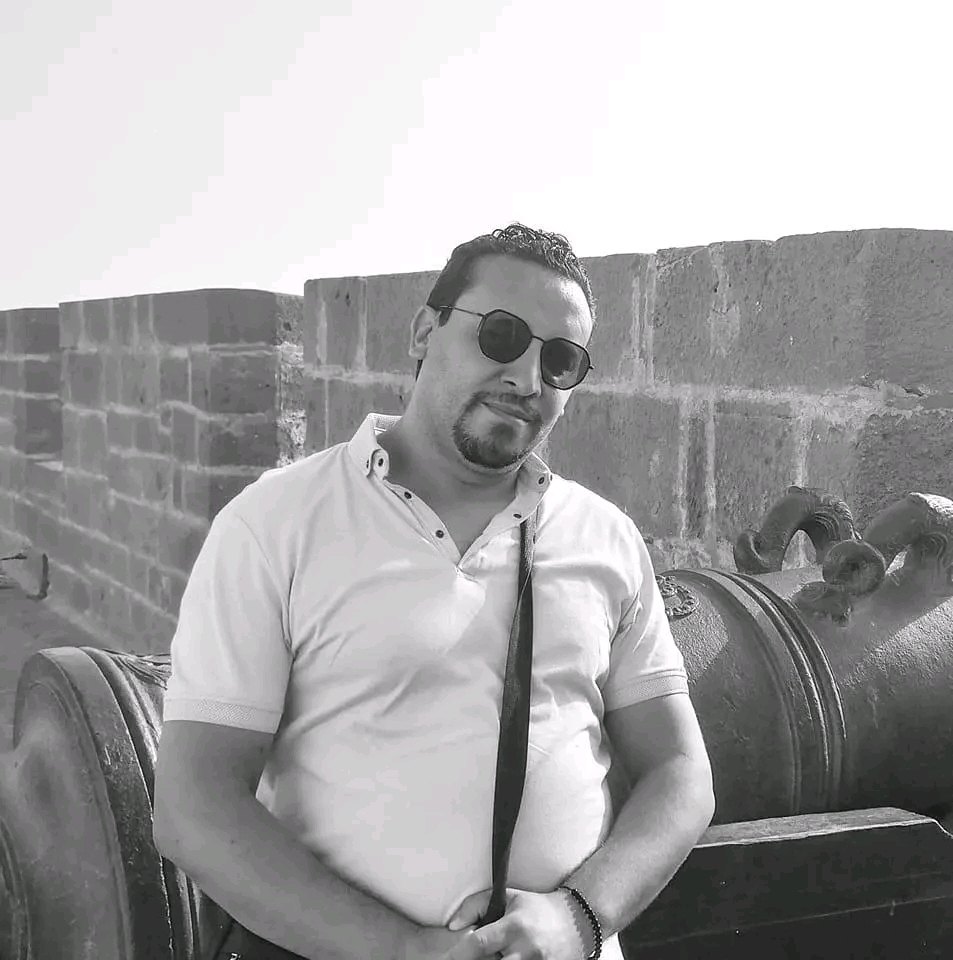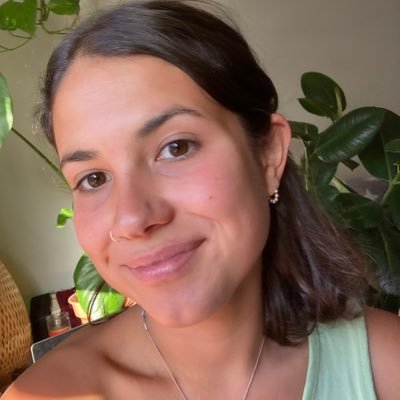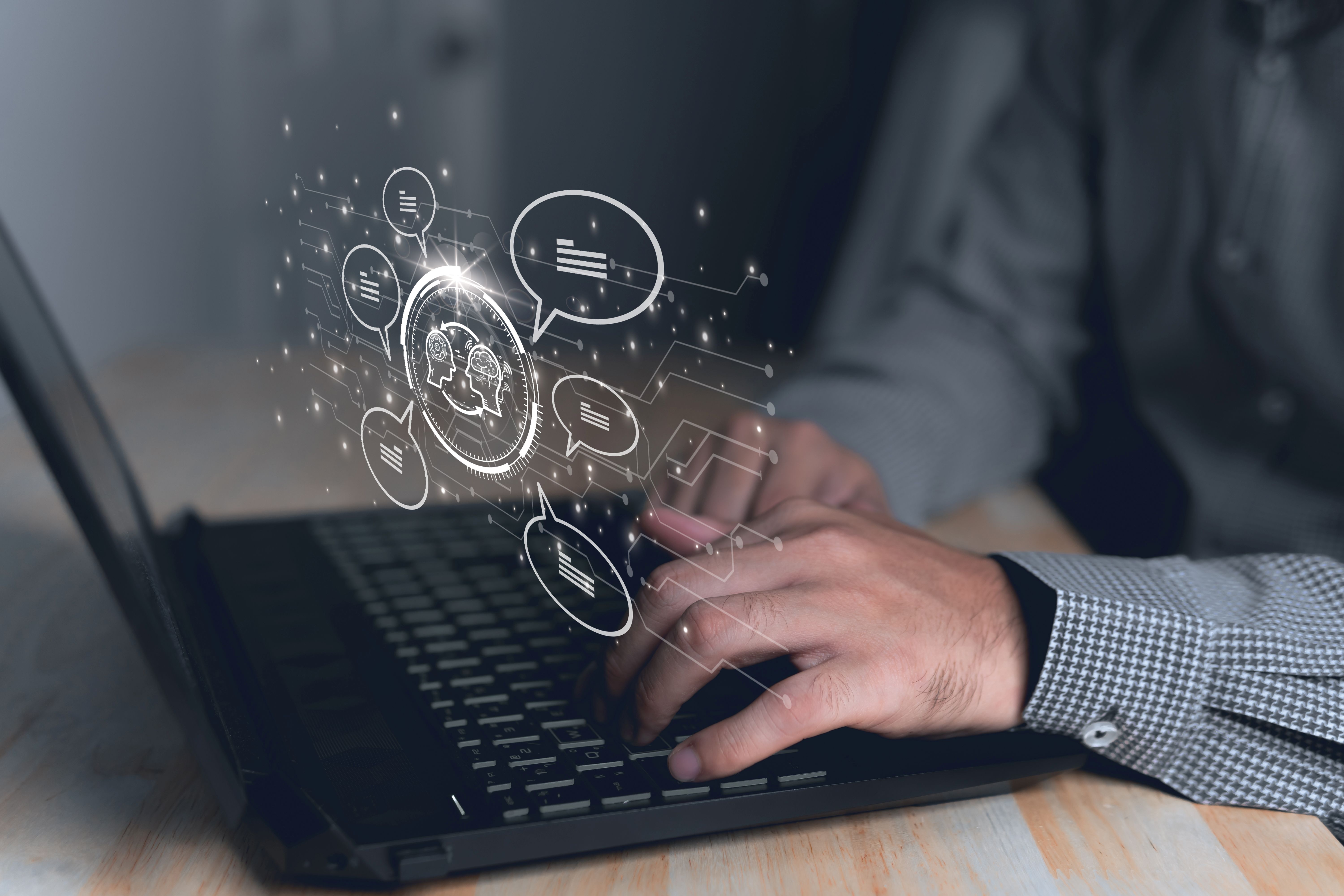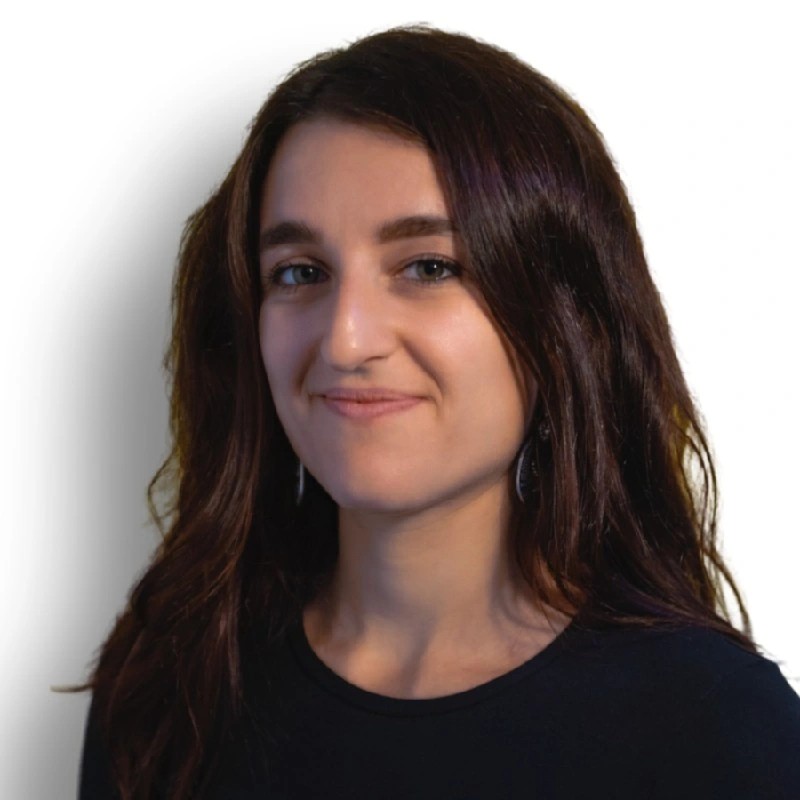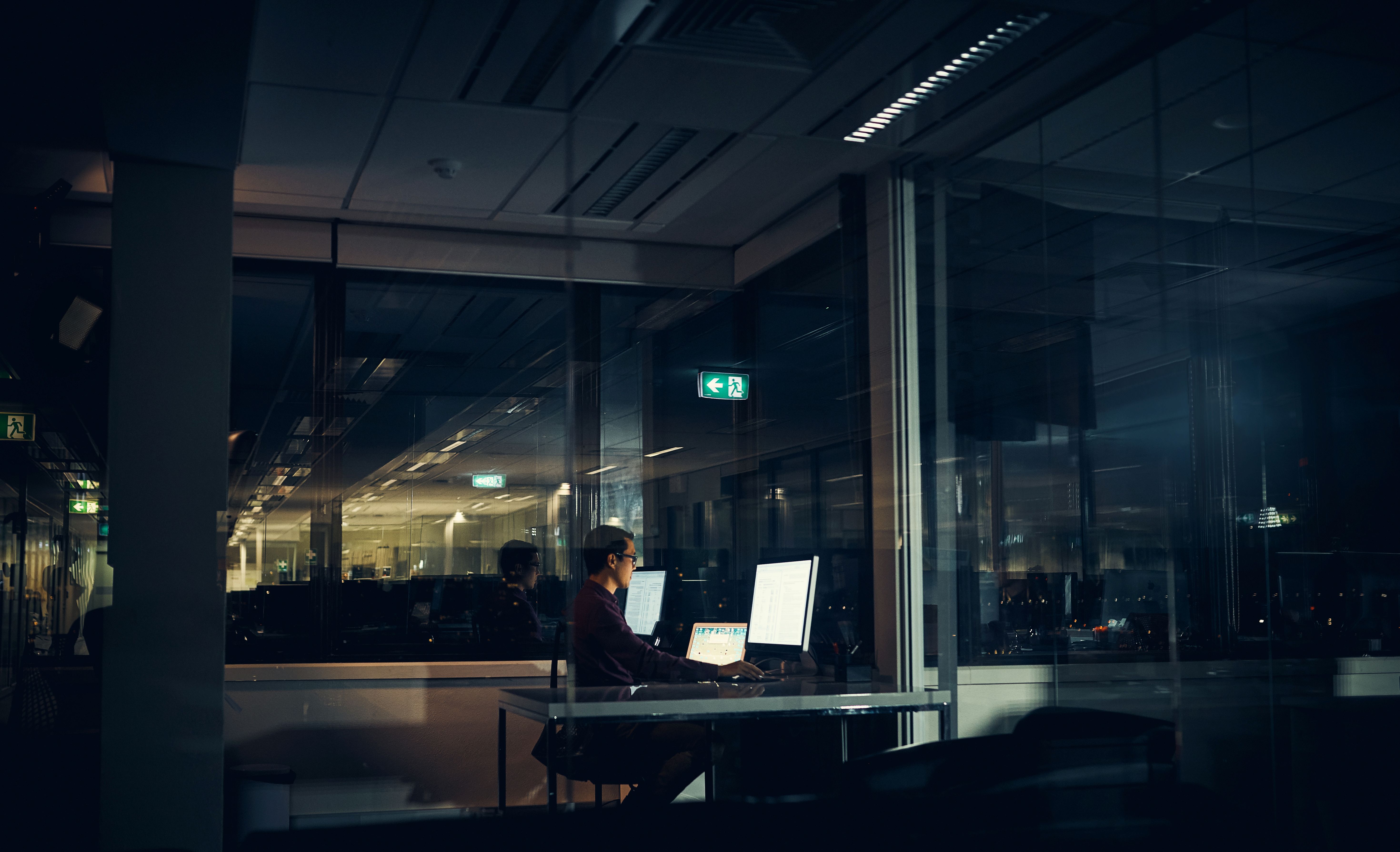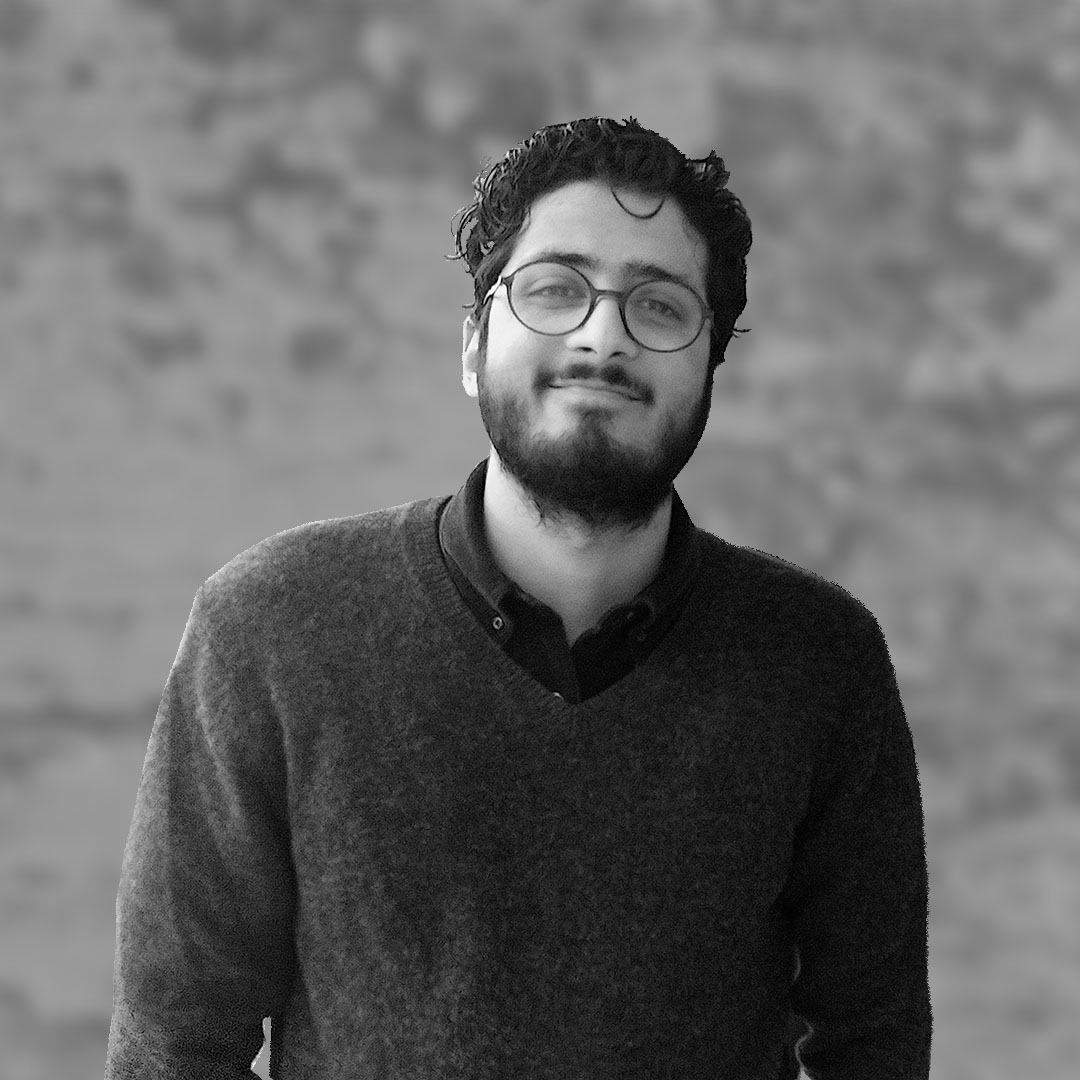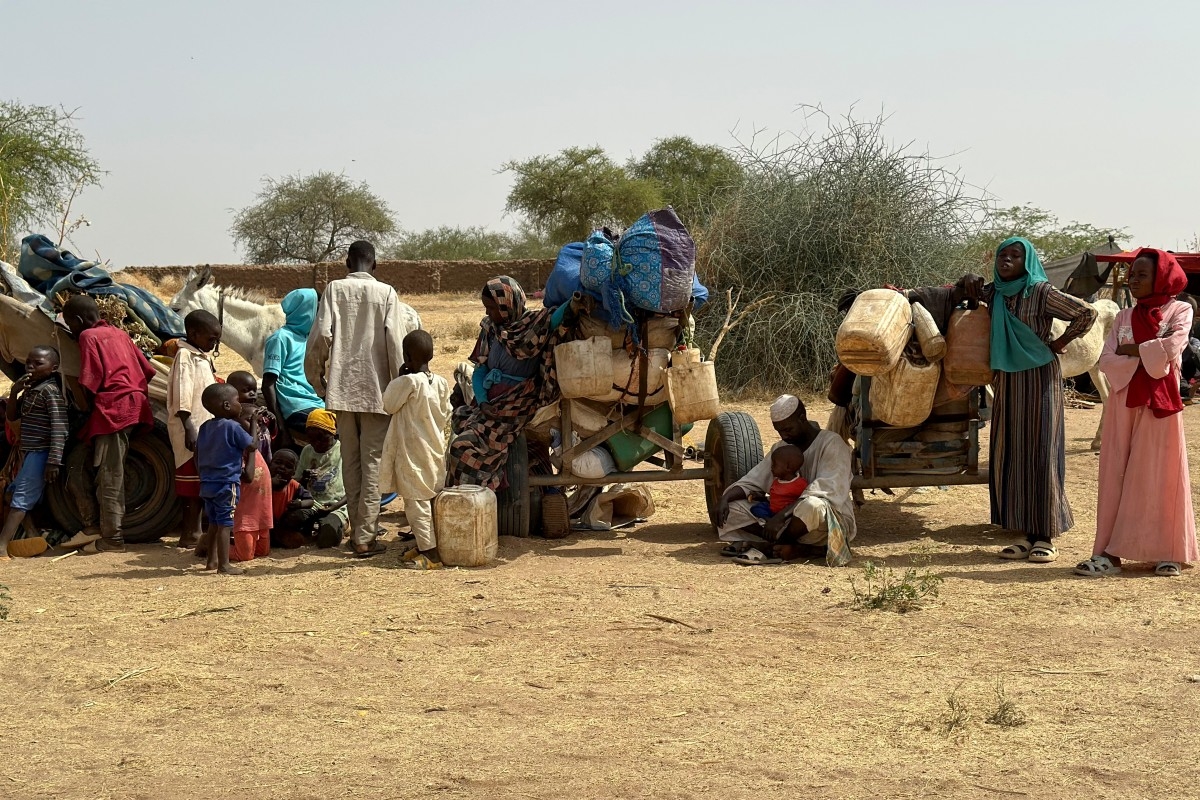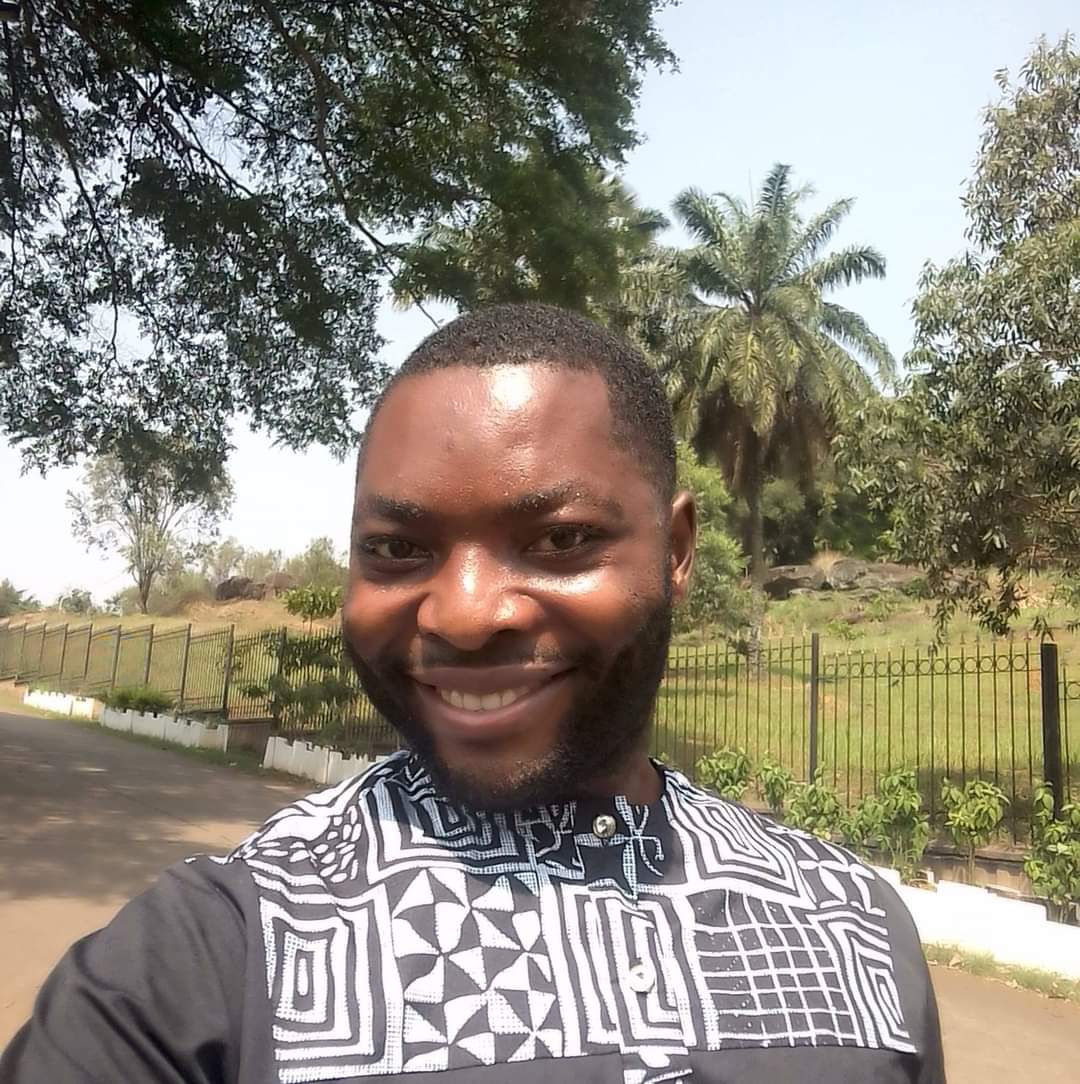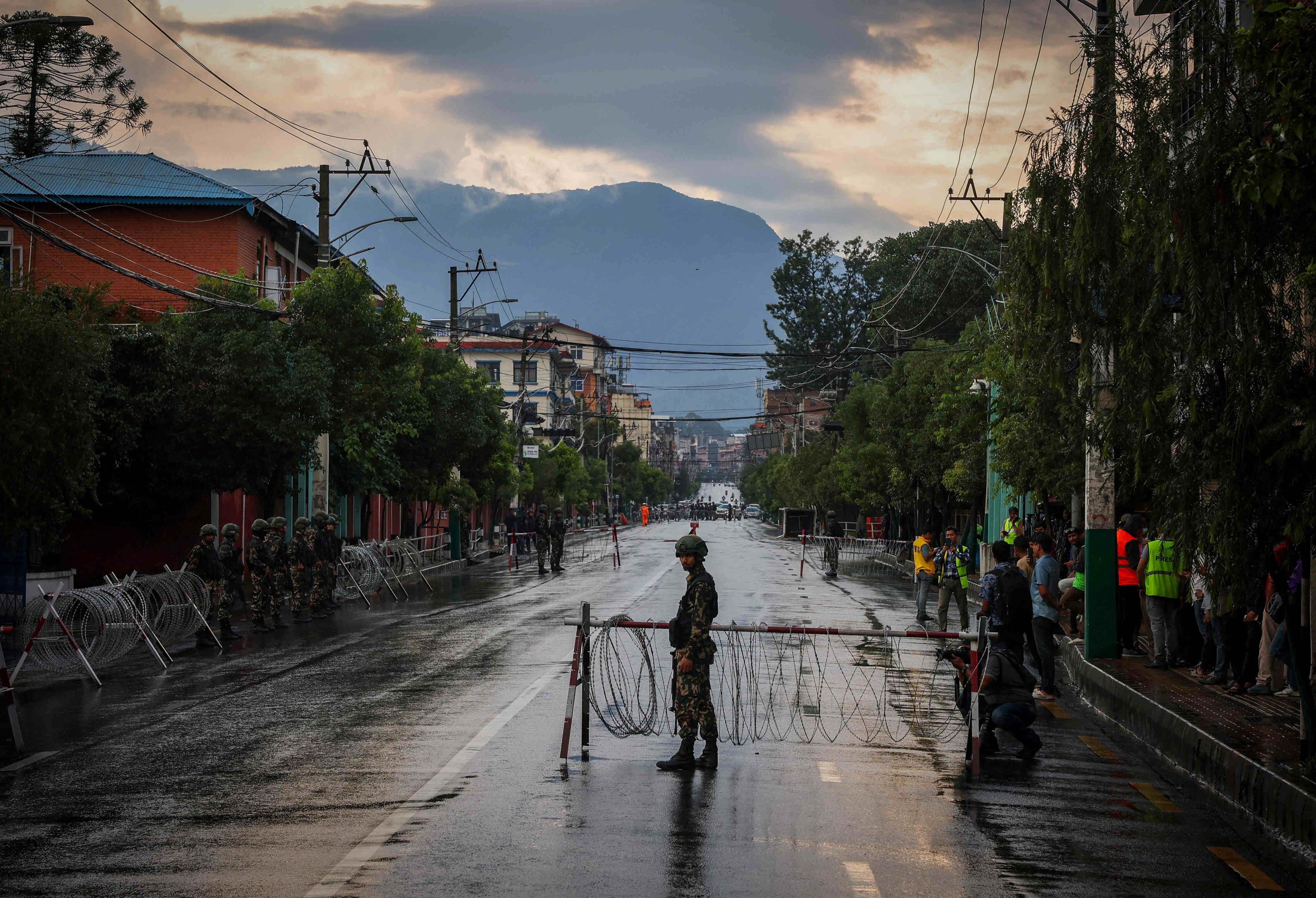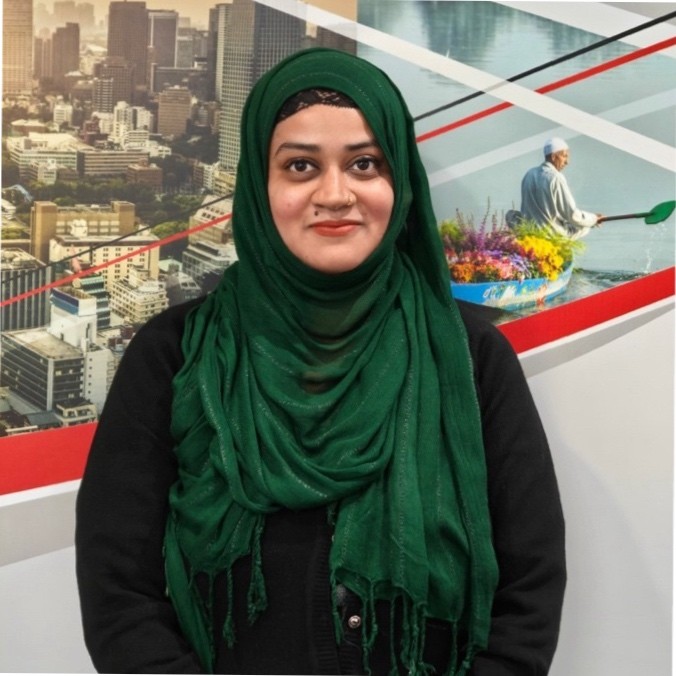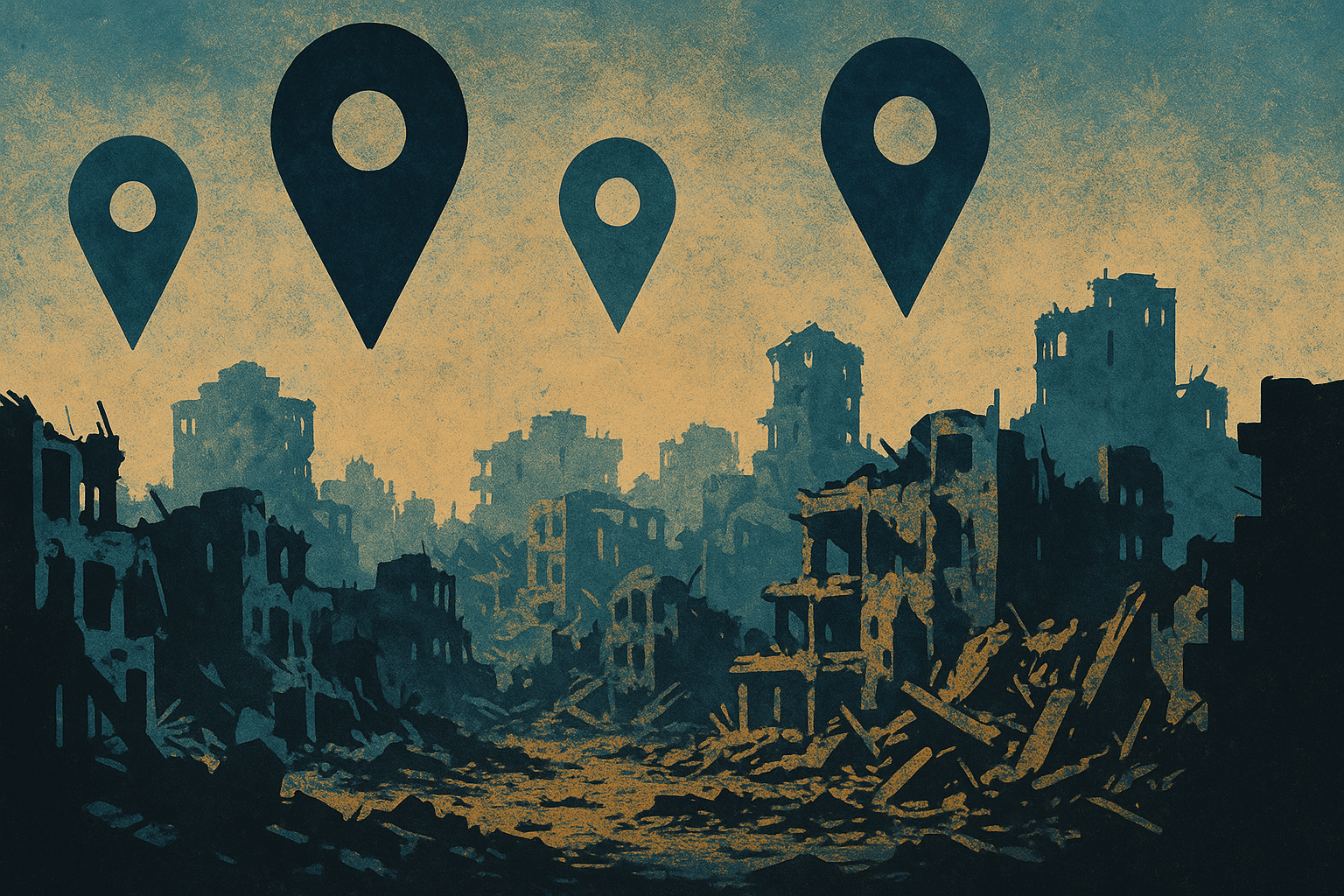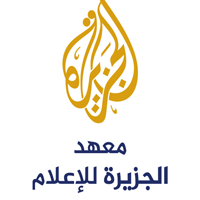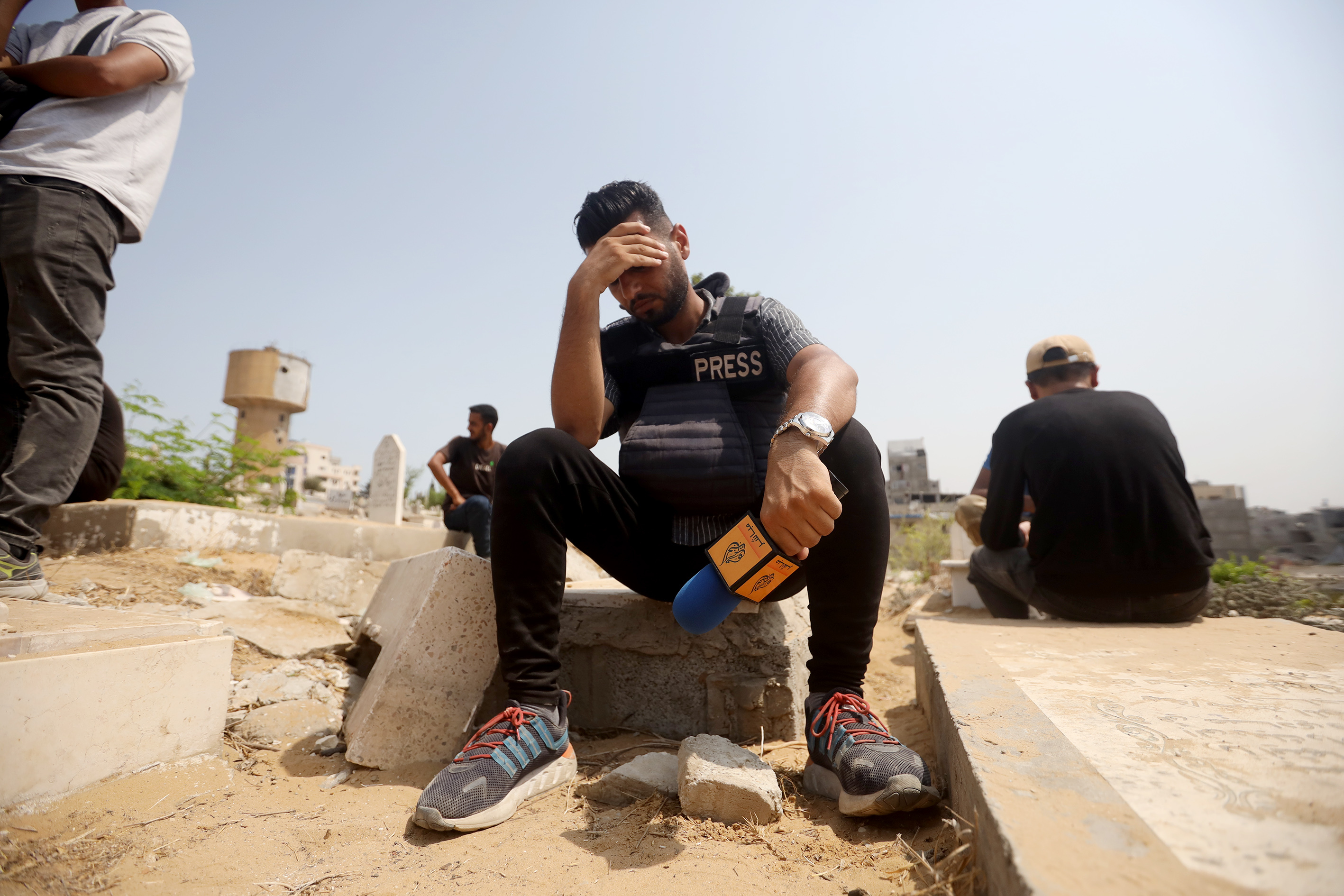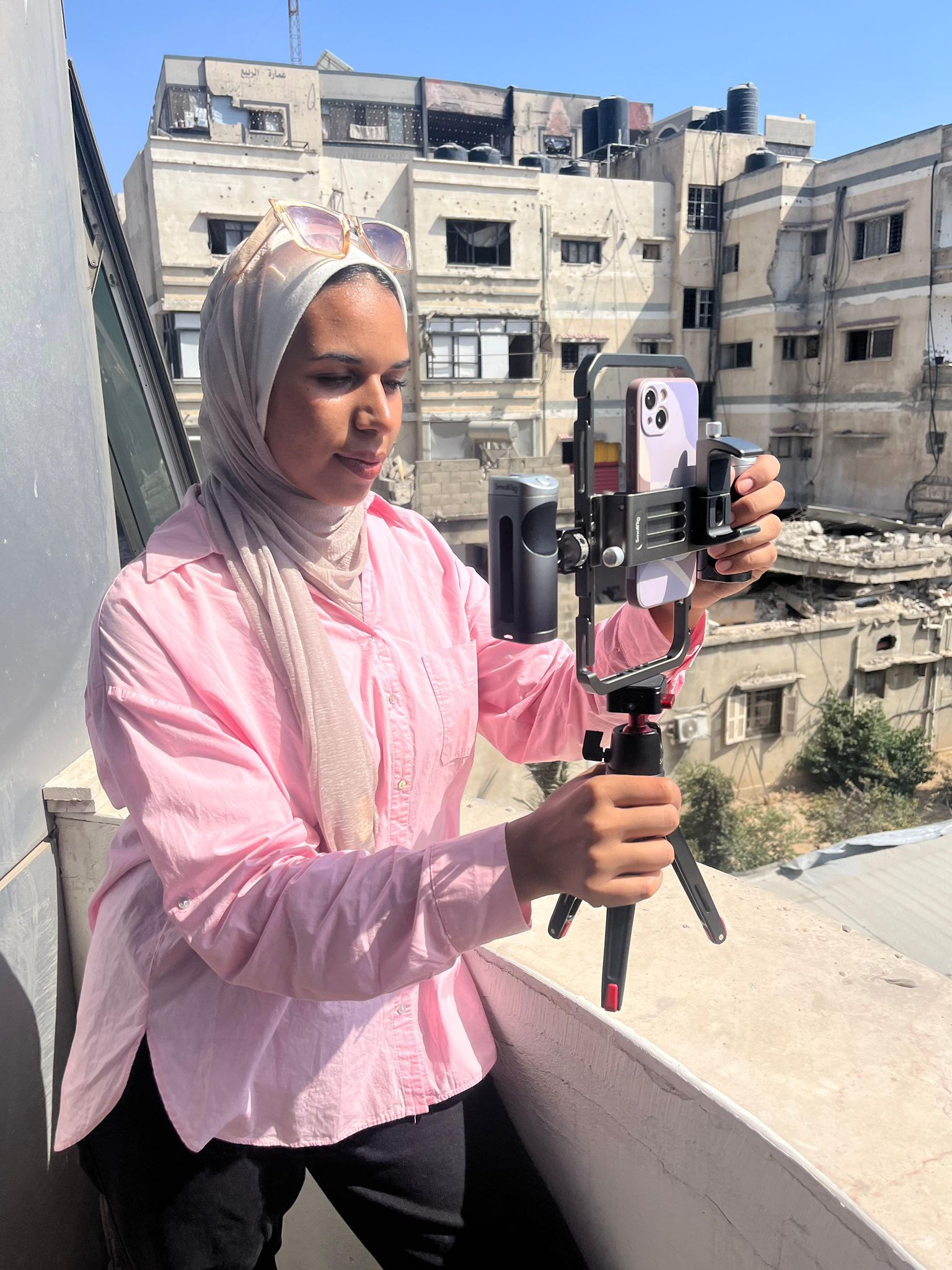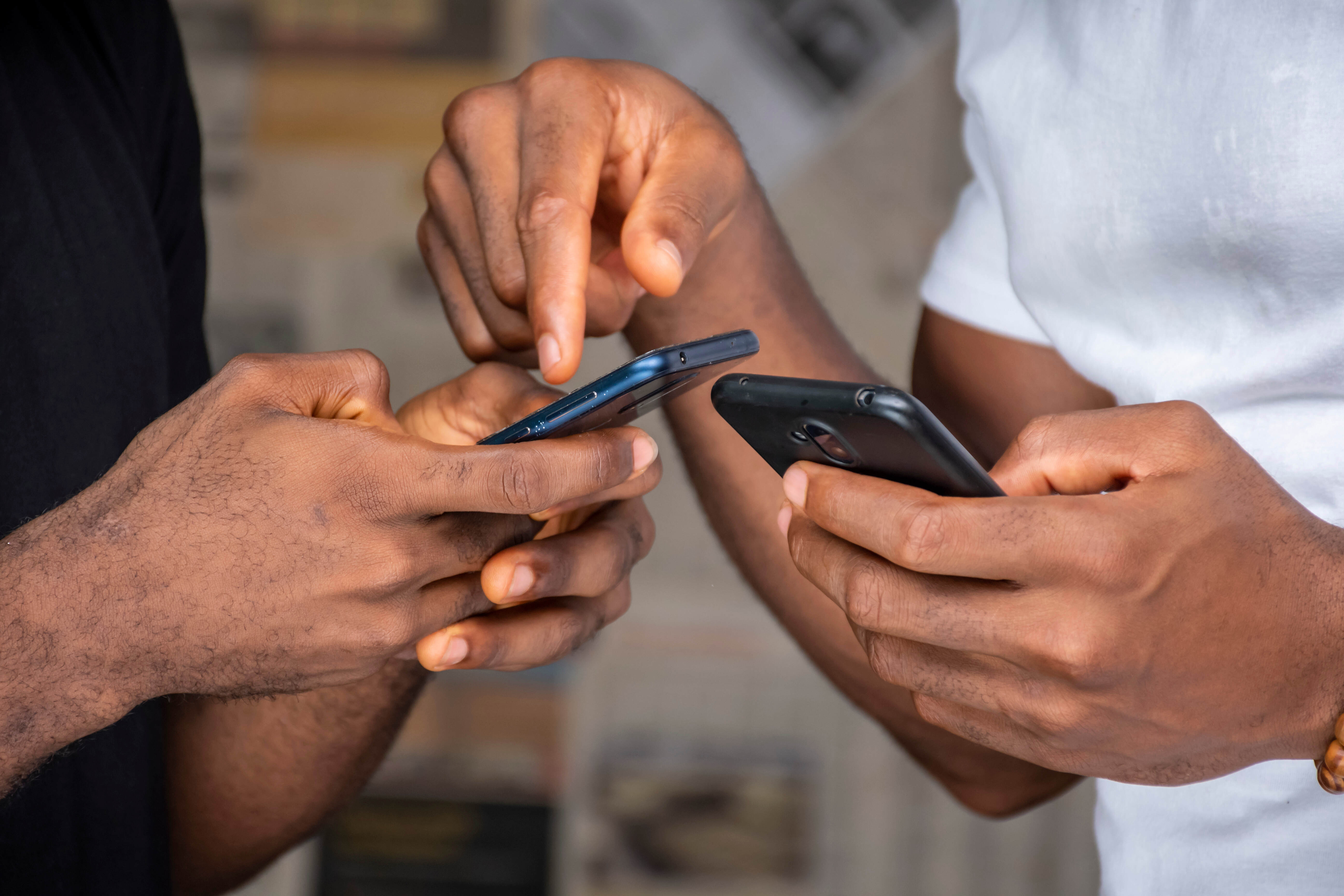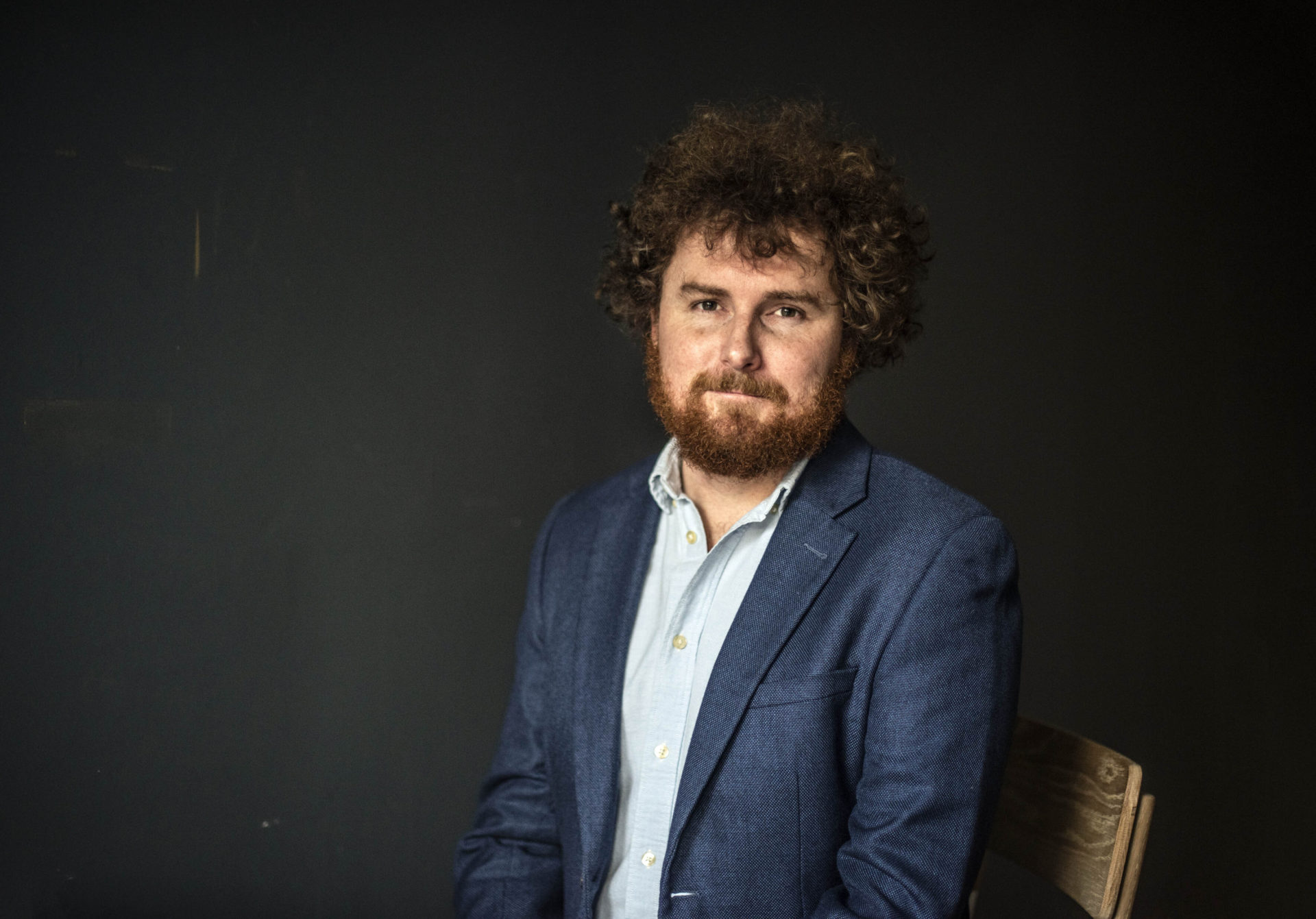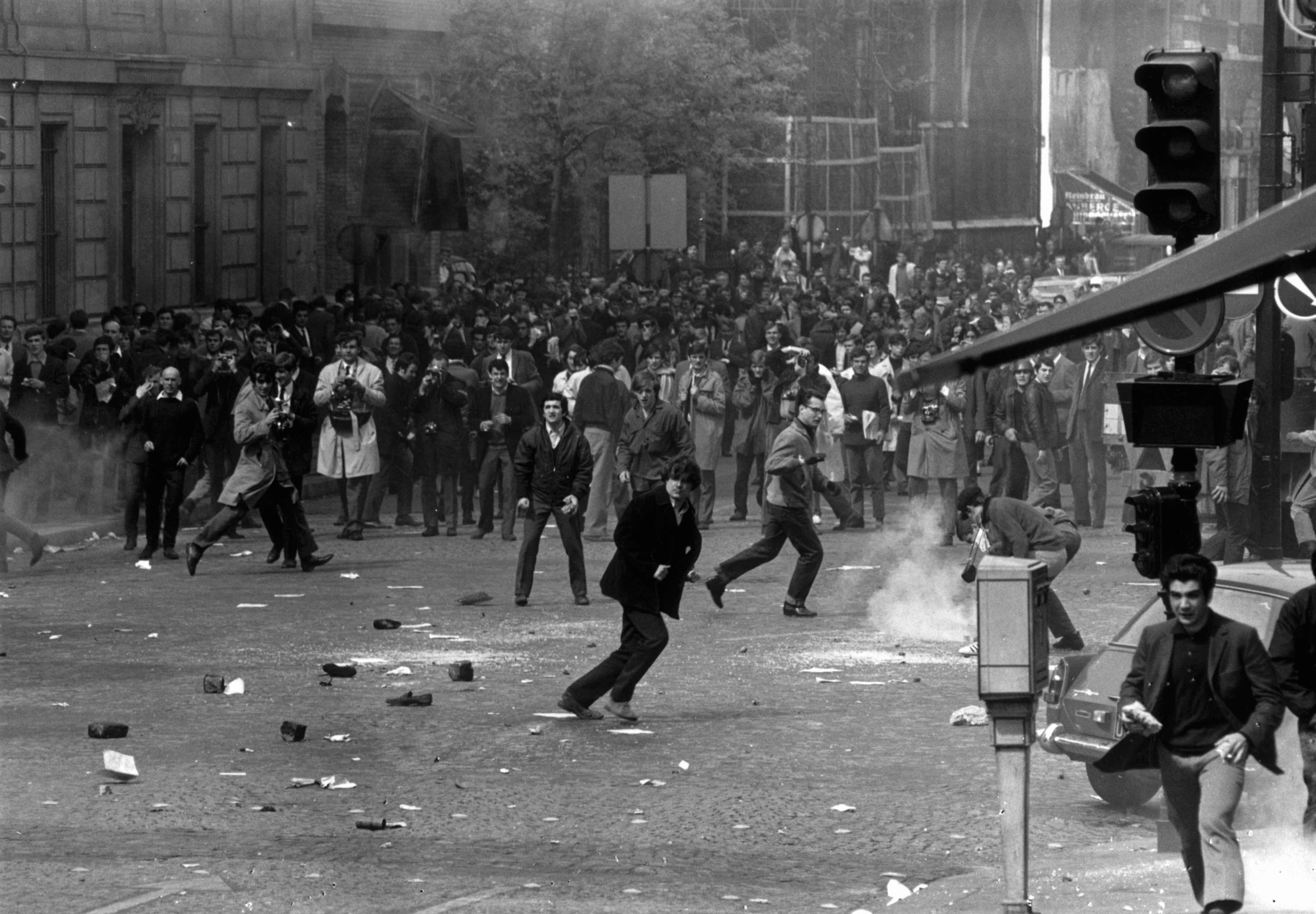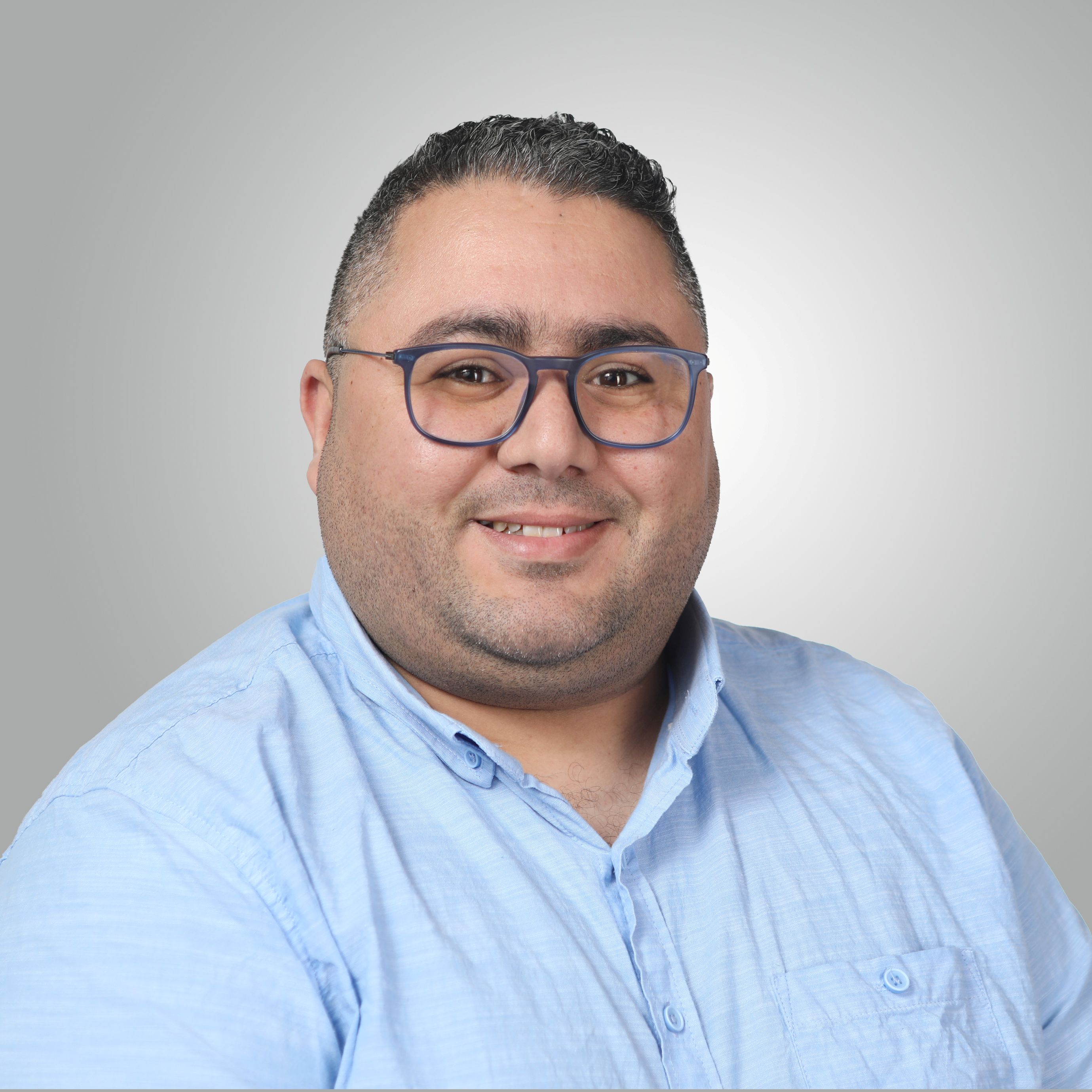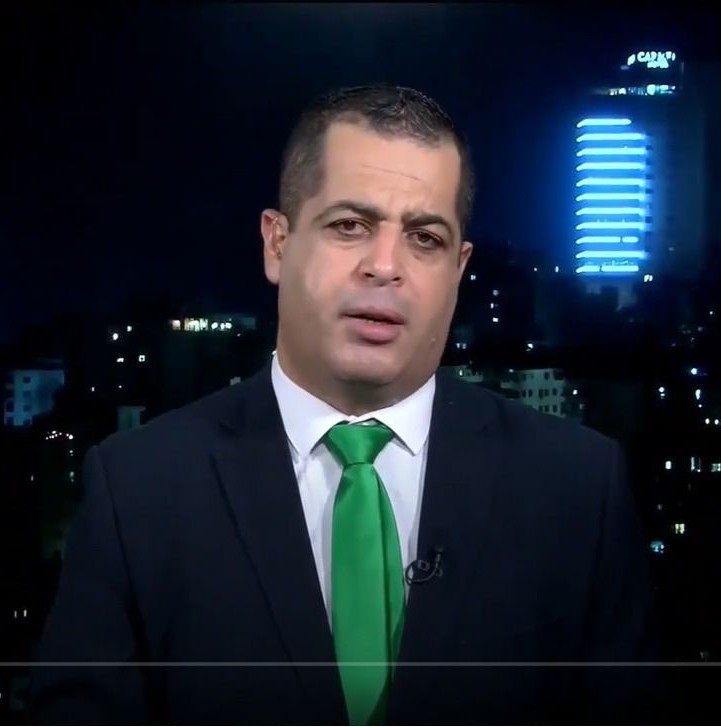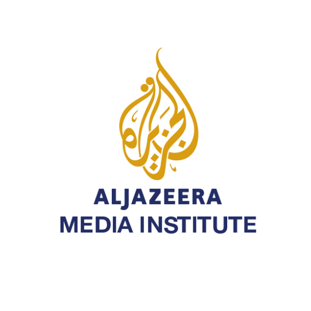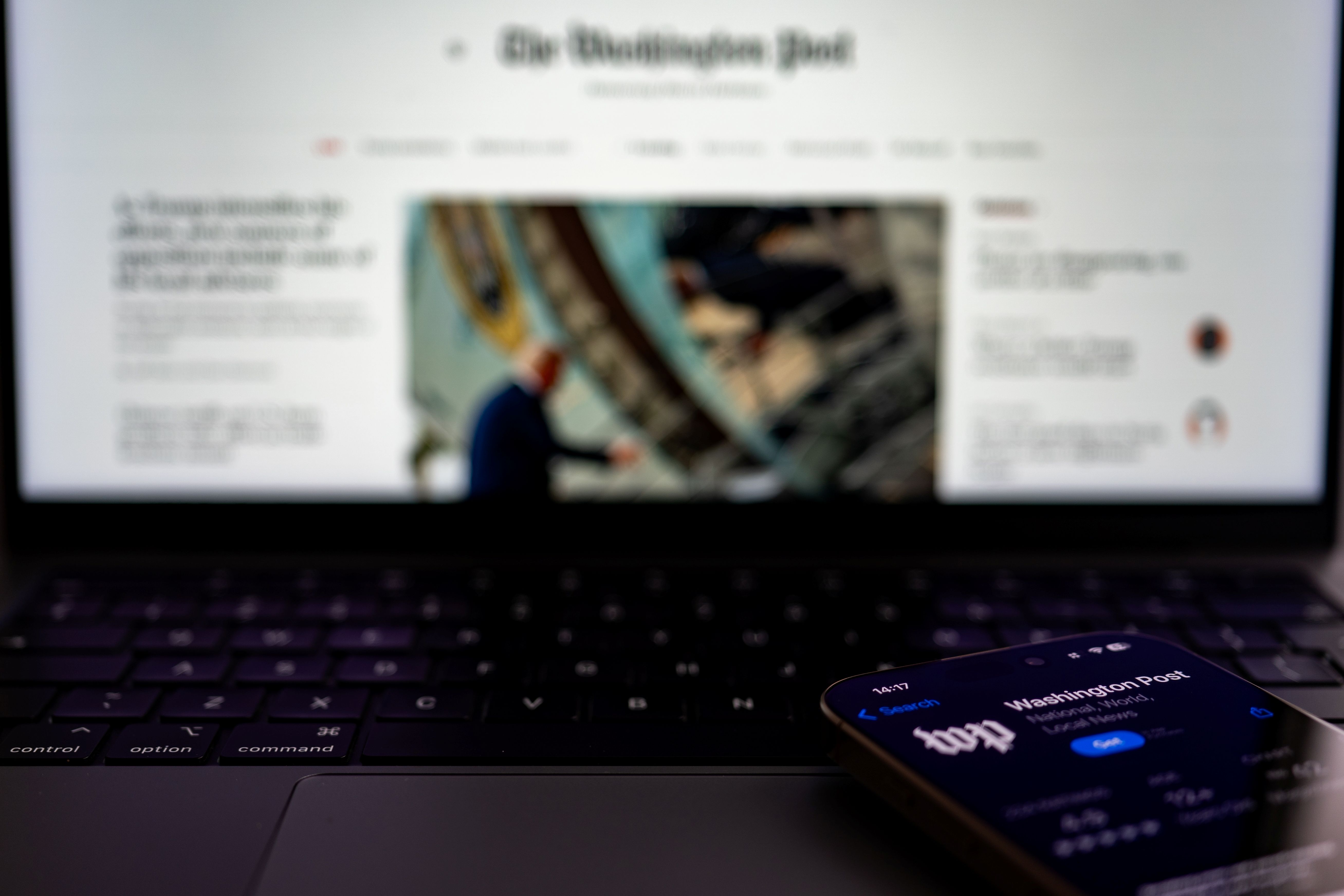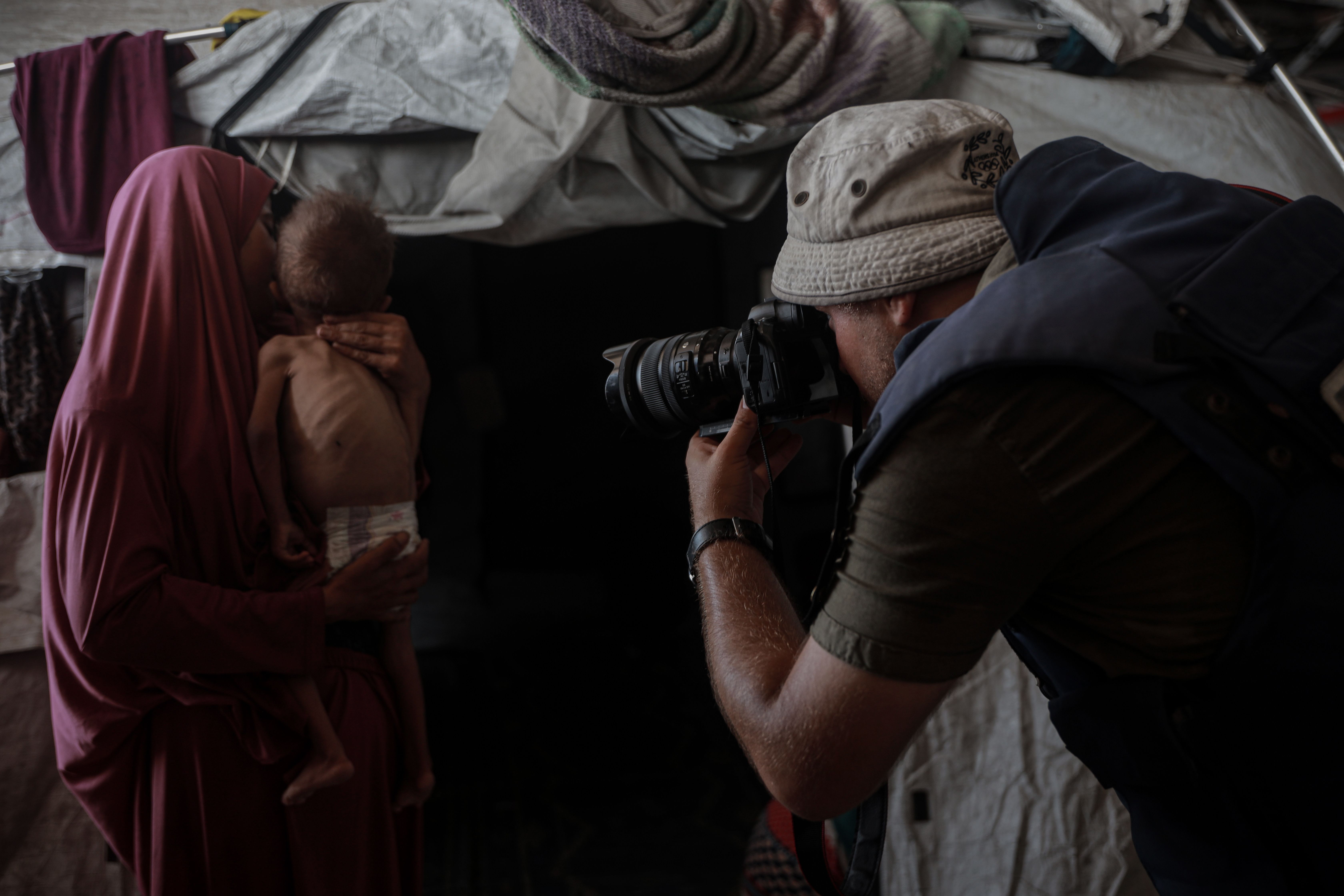أعلنت سلطات الاحتلال الإسرائيلي منذ هجوم السابع من أكتوبر/ تشرين الأول أنها في حالة حرب على فصائل المقاومة الفلسطينية في سابقة لم تعهدها الحالة الفلسطينية؛ إذ يعود آخر إعلان للحرب من قبل إسرائيل إلى حرب أكتوبر 1973. منذ ذلك الحين، تمارس إسرائيل جرائمها تحت يافطة العمليات العسكرية مرورا من لبنان إلى فلسطين. ونجد أن سلطات الاحتلال استخدمت الأدوات العسكرية الممكنة كافة وبإمداد مفتوح، وغطاء سياسي غربي يوفر لها الصيانة والحماية في وجه الإرادة الدولية منذ إعلان حالة الحرب في قطاع غزة، الأمر الذي أودى بحياة أكثر من 41 ألف شهيد، منهم أكثر من 16 ألف طفل وما يزيد على 11 ألف امرأة، إضافة إلى أكثر من 96 ألف مصاب منذ 7 أكتوبر/ تشرين الأول الماضي.
وقد كان القطاع الصحفي من جملة المستهدفين بنيران الحرب الإسرائيلية، متمثلا في الصحفيين والمعدات والمكاتب والأستوديوهات الصحفية. وبلغت خسائر هذا القطاع أرقاما كبيرة جدا وغير معهودة في سياق النزاعات المسلحة. بناء على ذلك، سيركز المقال على قراءة مرجعية الحماية القانونية المقررة للصحفيين في النزاعات المسلحة، وأنماط الانتهاكات الإسرائيلية وكيفية إفلات إسرائيل من العقاب.
عن الحماية القانونية
أسهمت التطورات المتلاحقة في المنظومة الدولية في توفير حماية خاصة بالنشاط الصحفي في النزاعات المسلحة؛ إذ تكتسب الصحافة أهميتها من دورها في كشف الحقائق وإبراز الانتهاكات التي تقع بحق المدنيين الأبرياء والعزل. وانطلاقا من هذا الدور المهم، أسقَطَت اتفاقيات القانون الدولي الإنساني وصفَ المدني على الصحفيين، والأعيان المدنية على المرافق الصحفية، حتى يكونوا مشمولين بالحماية العامة التي يتمتع بها المدنيون والأعيان المدنية في ظل النزاعات المسلحة في إطار المادة "4" من اتفاقية جنيف الرابعة لعام 1949 المختصة بشأن حماية الأشخاص المدنيين في وقت الحرب، والممتدة للحماية القادمة من المادة "4" بشأن المراسلين الحربيين بوصفهم مدنيين في إطار اتفاقية جنيف الثالثة بشأن معاملة أسرى الحرب لعام 1949.
شهدت المنظومة القانونية تطورا ملحوظا لتوفير حماية خاصة للصحفيين والنشاط الصحفي في أثناء النزاعات المسلحة. وقد تُوِّجت هذه الجهود بالنجاح خلال المؤتمر الدبلوماسي المنعقد في جنيف بين عامي 1974 و1977، الذي سعى إلى تحديث البروتوكولات الملحقة باتفاقيات جنيف لعام 1949. كان من بين هذه التحديثات تطوير المادة "4/أ/4" من اتفاقية جنيف الثالثة بهدف تعزيز حماية الصحفيين، وتُرجمت هذه المساعي إلى إنجاز فعلي من خلال المادة "79" في البروتوكول الأول لاتفاقيات جنيف، التي خصصت عددا من الأحكام لضمان حماية الصحفيين تحت عنوان "تدابير حماية الصحفيين."
يمكن ملاحقة الإسرائيليين سواء أكانوا أفرادا أو قادة أمام الجنائية الدولية عن طيف واسع من الانتهاكات؛ أولها جرائم استهداف الصحفيين في إطار جرائم الحرب بوصفها انتهاكات خطِرة للقوانين والأعراف السارية على المنازعات الدولية المسلحة.
وقد ترسخت الحماية المقررة للصحفيين في عدد من القرارات الدولية الصادرة عن الهيئات الدولية التابعة للأمم المتحدة أو المستقلة، إلى جانب النقابات المحلية أو الدولية المتعلقة بالصحافة، ومنها قرار مجلس الأمن 2222 (2015)، الذي ينص على "ضرورة حماية الصحفيين والإعلاميين والأفراد المرتبطين بهم الذين يغطون حالات النزاع كمدنيين". إلى جانب ذلك، فقد أشار القرار ذاته بوضوح وصراحة إلى أن "المعدات والمكاتب والأستوديوهات الإعلامية هي أصول مدنية وليست أصولا أو ممتلكات عسكرية ولا يجب أن تكون هدفا لهجمات أو أعمال انتقامية".
ولم تقف الجهود عند هذا الحد، بل إن هناك عددا من القرارات التي أشارت إلى ضرورة توفير حماية للصحفيين والأدوات الصحفية مثل قرار مجلس حقوق الإنسان التابع للأمم المتحدة رقم 33/2 المؤرخ في 29 أيلول/ سبتمبر 2016، وقرار الجمعية العامة للأمم المتحدة رقم 70/162 المؤرخ في 17 كانون الأول/ ديسمبر 2015 بشأن سلامة الصحفيين ومسألة الإفلات من العقاب. إلى جانب قرار اليونسكو رقم 29 "إدانة العنف ضد الصحفيين" المؤرخ في 12 تشرين الثاني/ نوفمبر 1997، وإعلان ميديلين "تأمين سلامة الصحفيين ومكافحة الإفلات من العقاب"، الذي أعلنته اليونسكو في 4 أيار/مايو 2007، إضافة إلى قرارات أخرى.
أنماط الانتهاكات
مارست سلطات الاحتلال الإسرائيلي انتهاكات متعددة بحق الصحافة في الأراضي الفلسطينية المحتلة خلال الحرب على قطاع غزة التي بدأت في 7 أكتوبر 2023. لم تقتصر هذه الانتهاكات على الصحفيين فحسب، بل شملت أيضا استهداف مقارّهم وأدوات عملهم بهدف محاصرة الحقيقة وإسكاتها. وقد تعرض عدد من الصحفيين للاستهداف المباشر، ما أدى إلى سقوط شهداء وجرحى، إضافة إلى حالات اعتقال، وسط حملات تحريضية إسرائيلية واسعة. ووفقا لمكتب الإعلام الحكومي في غزة، فقد وُثّق استشهاد 208 صحفيا وإصابة المئات، إلى جانب اعتقال 36 صحفيا معروفين بالاسم.
اتخذت عمليات استهداف الصحفيين أشكالا متعددة، سواء خلال ممارسة نشاطهم الصحفي في الميدان، أو خلال عودتهم إلى بيوتهم بين ذويهم. وفي هذا الصدد، نجد أن آخر عمليات استهداف الصحفيين كانت لمصورَي شبكة الجزيرة فادي الوحيدي، وعلي العطار، فقد استُهدف الوحيدي بطلق ناري في العنق، دخل في إثره إلى العناية المركزة وتسبب في إصابته بالشلل الرباعي ودخوله في حالة غيبوبة تامة. أما العطار، فقد أصيب بطلق ناري في رأسه. كذلك فإن الصحفيين في قطاع غزة تعرضوا لعمليات الإخفاء القسري، بعد اعتقالهم من قبل جيش الاحتلال الإسرائيلي في الهجوم البري على غزة، ولا يزال يخفي كثيرا منهم قسرا.
وتجدر الإشارة إلى أن عمليات الاستهداف للحالة الصحفية لم تقف عند الصحفيين بأعينهم، بل امتدت إلى عوائل الصحفيين من أجل الضغط عليهم بالتهديد بالاستهداف أو بالاستهداف المباشر، وفي هذا الصدد استُشهد ذوو كثير من الصحفيين، ومنهم عدد واسع من مراسلي شبكة الجزيرة وغيرها من المنصات الصحفية في قطاع غزة.
ومن ضمن أنماط الانتهاكات الإسرائيلية الأخرى التي وقعت على النشاط الصحفي في قطاع غزة، تدمير المقار الخاصة بالوكالات الصحفية سواء المحلية أو الدولية، إلى جانب تدمير عربات البث الفضائي، علاوة على قطع الاتصالات والكهرباء لتعطيل العمل الصحفي في نقل الحقيقة التي تدور في قطاع غزة للعالم الخارجي. وفي الصدد ذاته، نجد أن سلطات الاحتلال الإسرائيلي قد أسهمت في إطار تعطيل العمل الصحفي على نحو متصاعد بالتعاون مع شركة ميتا.
جريمة ولكن؟
إن الممارسات الإسرائيلية في قطاع غزة منذ السابع من أكتوبر تُعد انتهاكات واضحة وجلية للقوانين والأنظمة الدولية كافة التي تنظم النزاعات المسلحة، والتي يجب على سلطات الاحتلال الإسرائيلي الالتزام بها، ويعكس ذلك النية الإسرائيلية لارتكاب أعمال ترقى إلى الإبادة الجماعية بحق سكان غزة، سواء على المستوى الأمني أو السياسي.
ويُمكن مُساءلة سلطات الاحتلال الإسرائيلي على صعيدين؛ الأول يتمثل في المسؤولية الجنائية الفردية أمام المحكمة الجنائية الدولية، والآخر يتمثل في كيانها بصفتها دولة عضوا في هيئة الأمم المتحدة أمام محكمة العدل الدولية. وعليه، فإنه على صعيد الملاحقة عن المسؤولية الجنائية الفردية، فإنه يُمكن ملاحقة الإسرائيليين سواء أكانوا أفرادا أو قادة أمام الجنائية الدولية عن طيف واسع من الانتهاكات؛ أولها جرائم استهداف الصحفيين في إطار جرائم الحرب بوصفها انتهاكات خطِرة للقوانين والأعراف السارية على المنازعات الدولية المسلحة، وأيضا يمكن ملاحقتهم عن ارتكاب جرائم بحق الإنسانية بحكم أن عمليات الاستهداف أتت في إطار هجوم واسع النطاق ومنهجي موجه لمجموعة من السكان المدنيين "الصحفيين". إلى جانب ذلك، يمكن مساءلة إسرائيل عن انتهاكاتها بصفتها دولة أمام محكمة العدل الدولية بموجب مخالفتها لقواعد القانون الدولي وأحكام النظام الأساسي لمحكمة العدل الدولية الذي يوفر الاختصاص للمحكمة بموجب أحكام المادة "36".
الممارسات الإسرائيلية في قطاع غزة منذ السابع من أكتوبر تُعد انتهاكات واضحة وجلية للقوانين والأنظمة الدولية كافة التي تنظم النزاعات المسلحة، والتي يجب على سلطات الاحتلال الإسرائيلي الالتزام بها، ويعكس ذلك النية الإسرائيلية لارتكاب أعمال ترقى إلى الإبادة الجماعية.
لملاحقة إسرائيل عن الجرائم المرتكبة، سواء على مستوى المسؤولية الجنائية الدولية أو بصفتها دولة، يجب الإشارة إلى أن السلطة الفلسطينية، التي تتمتع بعضوية في الجمعية العامة للمحكمة الجنائية الدولية منذ 2018، قد قبلت اختصاص المحكمة عبر إعلان رسمي في 2015. وفي عام 2021، أعلنت المدعية العامة السابقة للمحكمة فتح تحقيق في الجرائم الإسرائيلية، ولكن هذا التحقيق لم يُفعّل حتى الآن. وآخر الإجراءات المتخذة في هذا الشأن كانت تقديم مكتب المدعي العام طلبات اعتقال إلى الدائرة التمهيدية الأولى، من دون صدور مذكرات اعتقال حتى لحظة إعداد هذه المقالة.
أما بشأن المسؤولية الدولية لإسرائيل بصفتها دولة عضوا في الأمم المتحدة، ولا سيما فيما يتعلق بانتهاك حماية الصحفيين، فإن تفعيل اختصاص محكمة العدل الدولية يتطلب تقديم دعوى من دولة عضو في الأمم المتحدة. هذا الإجراء سيسمح للمحكمة بالنظر في الانتهاكات التي ارتكبتها إسرائيل بحق القانون الدولي. تجدر الإشارة إلى أن هناك قضية مقدمة من جنوب أفريقيا للنظر في الجرائم الإسرائيلية بدعوى ارتكاب الإبادة الجماعية.
هناك تقاعس واضح من قبل دول العالم في تفعيل أنظمتها القضائية الداخلية لمحاسبة مرتكبي الجرائم من الإسرائيليين، ما يعكس غيابا حقيقيا للإرادة المنفردة لدى تلك الدول في ملاحقة هذه الجرائم.
الإفلات من العقاب
شكل الدعم الغربي منقطع النظير والقائم على السردية الإسرائيلية الداعية لاستباحة الدم الفلسطيني، إلى جانب الغطاء الأمني والسياسي على الصعيد الدولي، طوق النجاة لإفلات سلطات الاحتلال الإسرائيلي من العقاب كيانا وأفرادا. تصدرت الولايات المتحدة الأمريكية المشهد في تمكين سلطات الاحتلال الإسرائيلي من تحدي الإرادة الدولية الداعية إلى وقف العدوان الحربي على قطاع غزة، إلى جوار الموقفين الألماني والإنجليزي. لقد سمح الدعم الغربي لسلطات الاحتلال الإسرائيلي بالإمعان في استهداف الفلسطينيين والصحفيين منهم، وعطلت الولايات المتحدة مرارا وتكرارا القرارات الدولية، ولا سيما باستخدامها للفيتو في مجلس الأمن في وجه القرارات الداعية إلى وقف حرب الإبادة الجماعية.
كذلك تمددت العقبات الغربية لتشمل تهديد الأجسام الدولية والفاعلين فيها عبر تجميد الحسابات المالية أو المنع من السفر، وخصوصا ما حدث مع طاقم المحكمة الجنائية الدولية، الأمر الذي عطلها لأكثر من عام حتى هذه اللحظة عن استصدار قرار بإلقاء القبض على أعضاء القيادة الإسرائيلية وفي مقدمتهم رئيس الوزراء ووزير دفاعه. يضاف إلى ذلك تعطيل قدرة المحكمة على مباشرة إجرائها بالتحقيق في الجرائم المرتكبة داخل قطاع غزة، ومنها الجرائم المرتكبة بحق الصحفيين والمقارّ الصحفية.
لا بد من التنويه إلى أن الإجراءات القضائية الدولية تستغرق وقتا طويلا؛ إذ يمكن أن يمتد النظر في الدعوى سنوات عديدة، فضلا عن الضغوط المستمرة التي تؤدي إلى تعطيل الإجراءات القانونية العاجلة، مثل إصدار أوامر إلقاء القبض، أو وقف العمليات العسكرية، أو التوقف عن استهداف المدنيين والمرافق المدنية. علاوة على ذلك، هناك تقاعس واضح من قبل دول العالم في تفعيل أنظمتها القضائية الداخلية لمحاسبة مرتكبي الجرائم من الإسرائيليين، ما يعكس غيابا حقيقيا للإرادة المنفردة لدى تلك الدول في ملاحقة هذه الجرائم.
الخاتمة
إن الحرب الدموية التي أطلقتها سلطات الاحتلال الإسرائيلي على قطاع غزة خلفت نتائج صعبة القياس على صعيد الخسائر في المدنيين أو حتى الأعيان المدنية وغيرها من مظاهر الحياة؛ فقد كان من جملة هذه الخسائر ما تعرض له القطاع الصحفي على صعيد العاملين فيه أو أصوله الصحفية رغم الحماية التي أقرتها القواعد القانونية والقرارات الدولية. وقد أسهمت عدة عوامل في الإفلات المستمر لسلطات الاحتلال الإسرائيلي على المستويين السياسي والأمني من العقاب، ولا يزال هذا الإفلات قائما نظرا للغطاء الغربي على قاعدة تحدي الإرادة الدولية من خلال تشكيل غطاء عسكري وسياسي لحرب الإبادة الجماعية التي تشنها إسرائيل.


